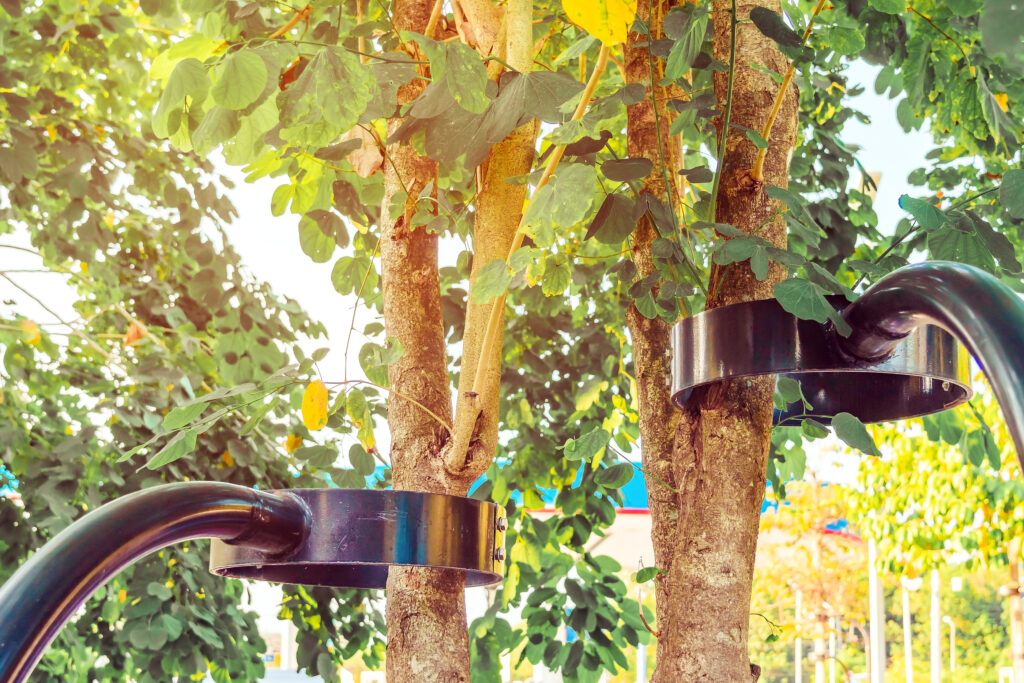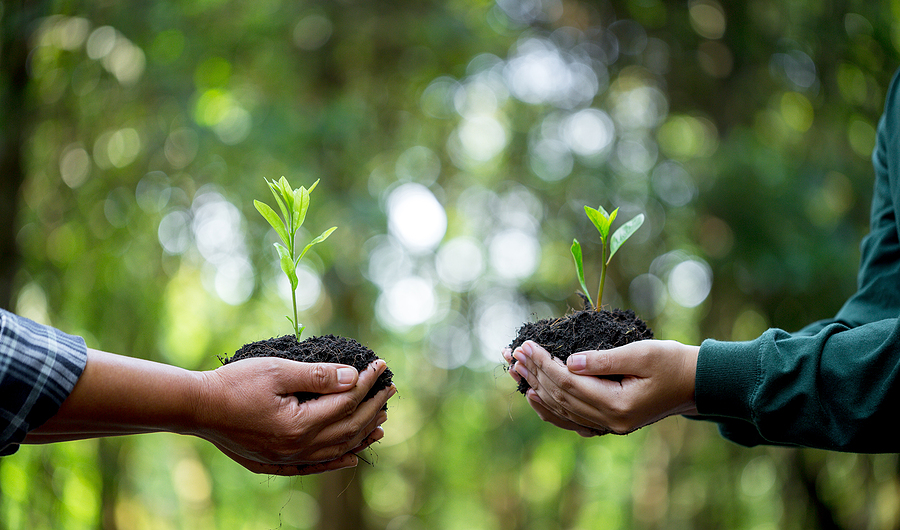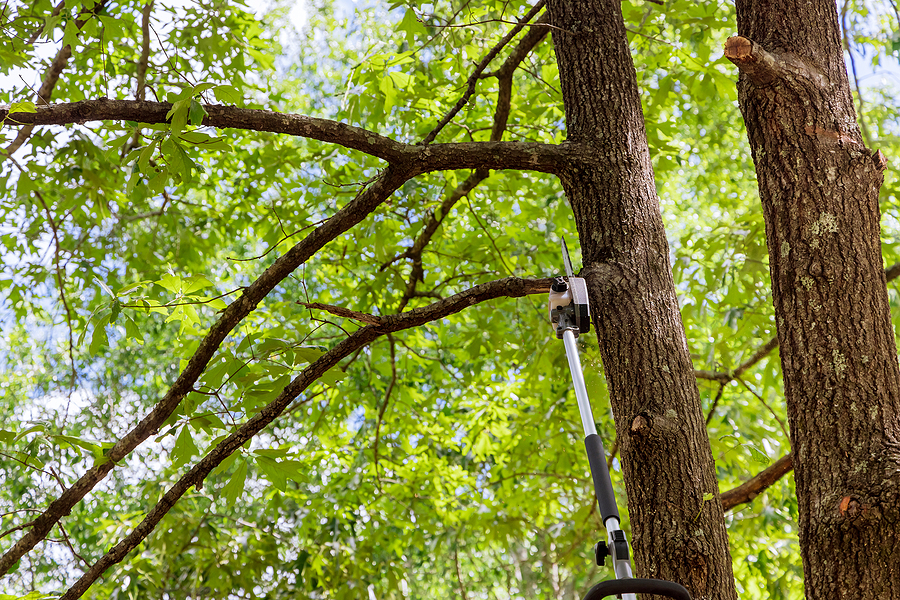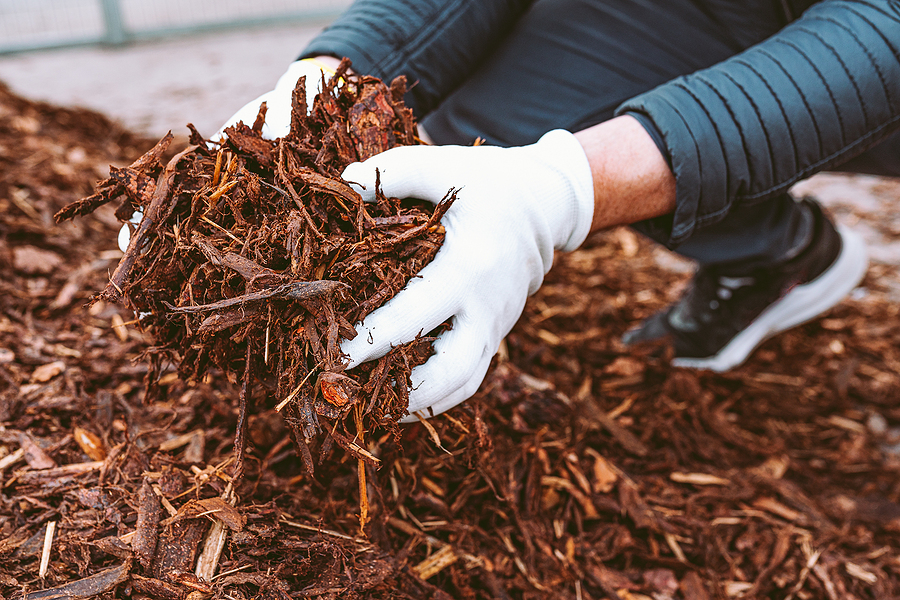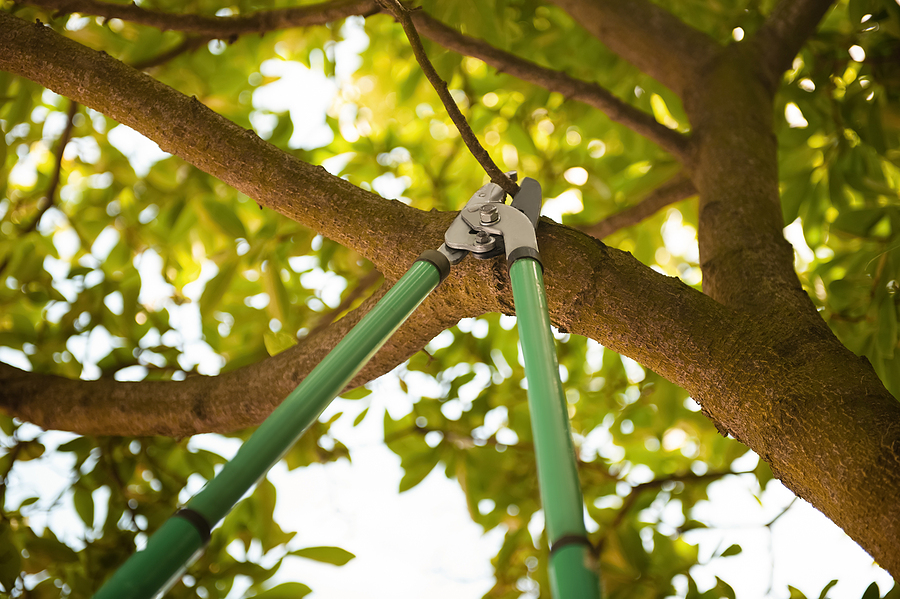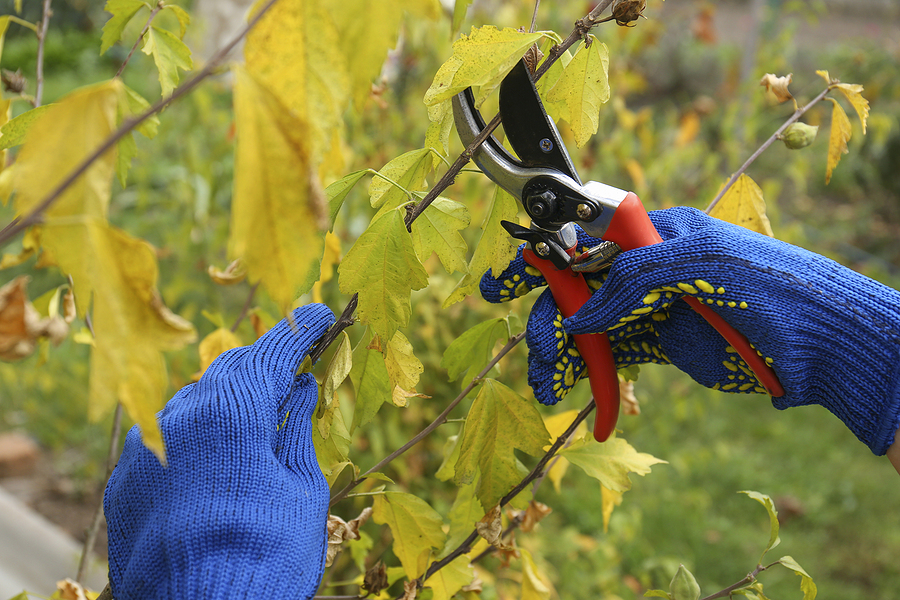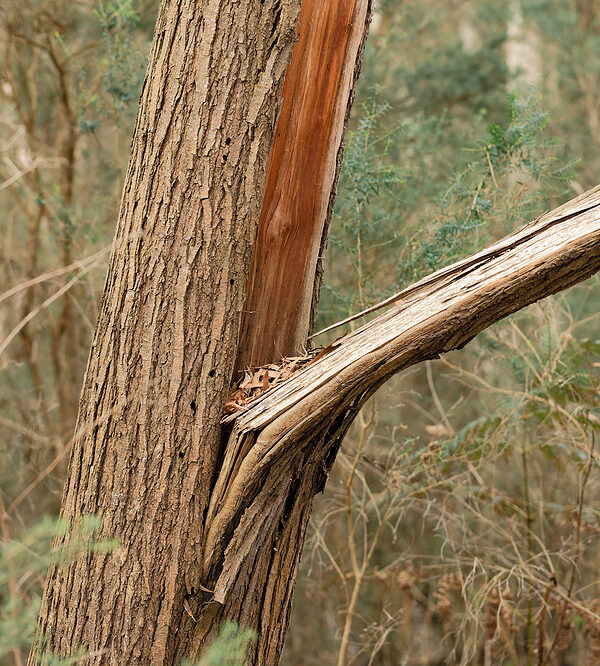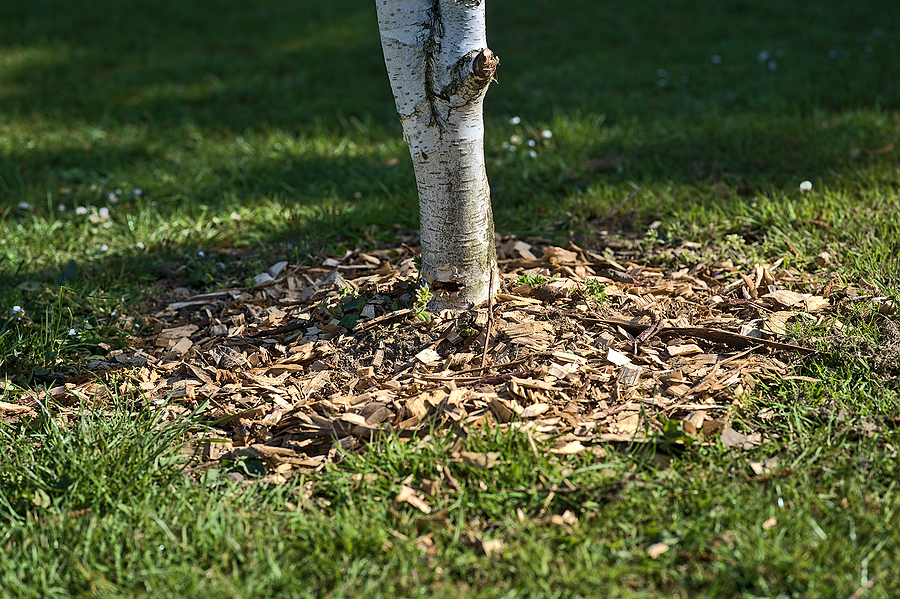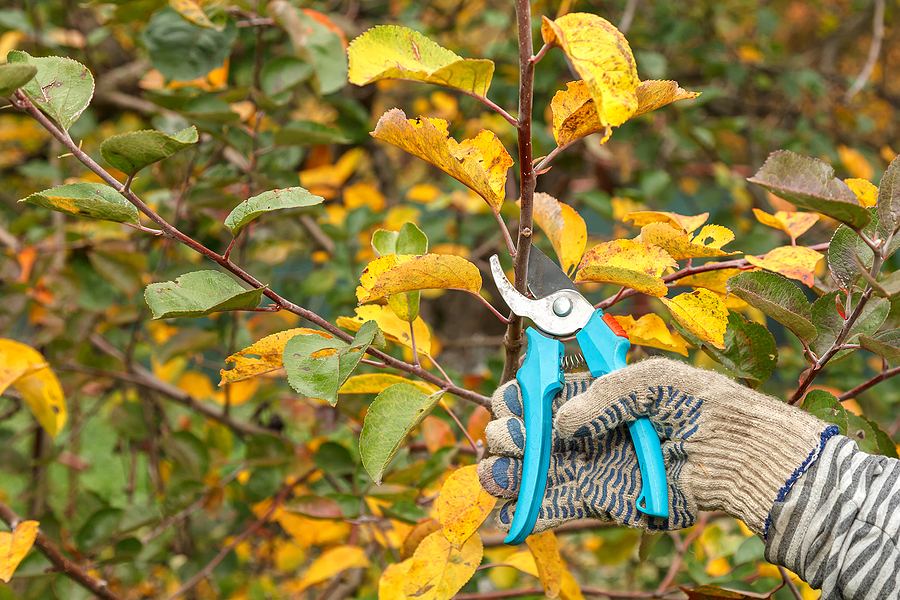When it comes to landscaping maintenance, one aspect often overlooked is tree trimming. This essential tree care practice not only enhances the aesthetic appeal of your green space but also plays a vital role in maintaining the health and longevity of your trees. Engaging a professional tree service company for regular tree trimming can safeguard your trees against diseases, improve sunlight penetration, and contribute to the overall growth and productivity of the entire landscape.
In this post, we shall delve deeper into the importance of tree trimming, providing insights on when and how it should be carried out for optimal tree health.
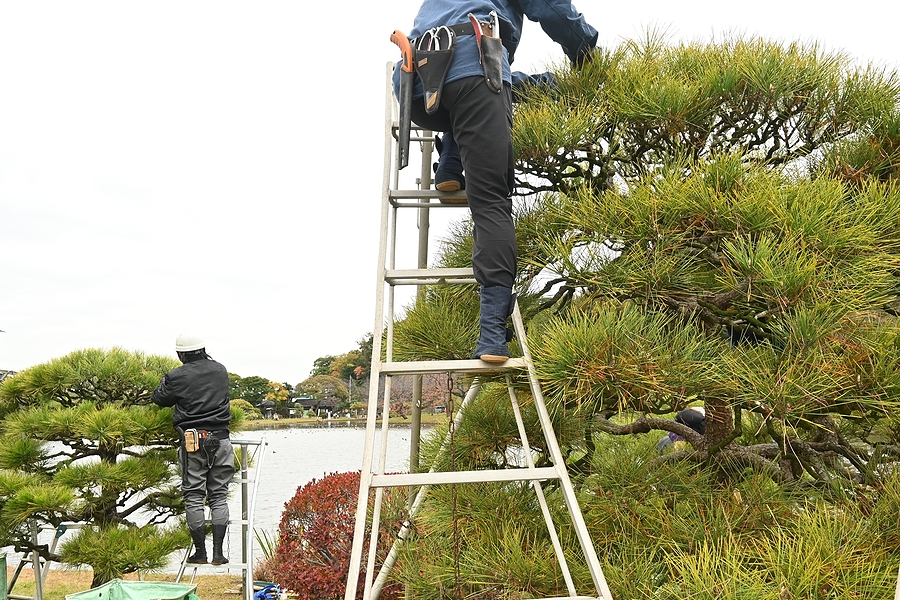
The Benefits of Tree Trimming
Trimming trees is the process of removing dead, damaged, or diseased branches from a tree to improve its health and appearance. Here are some of the top benefits of regular tree trimming:
Promotes Tree Health: Dead or dying branches can attract pests and diseases, which may spread throughout the entire tree if not removed promptly. By trimming these branches, you not only eliminate potential hazards but also promote healthy growth and development of your trees.
Increases Sunlight Penetration: Thick foliage can limit the amount of sunlight that reaches the other plants in your landscape. By removing excess branches and leaves, tree trimming allows more sunlight to penetrate through to the ground, promoting better plant growth.
Enhances Aesthetic Appeal: Well-maintained trees add to the overall beauty and value of your landscape. Tree trimming helps maintain a neat, clean appearance, keeping your trees looking healthy and attractive.
Improves Safety: Dead or damaged branches can pose a significant risk to people and property if they fall unexpectedly. Regular tree trimming minimizes such risks by removing weak or unstable branches before they become hazardous.
Saves Money: By trimming your trees regularly, you can catch potential problems early on and take corrective measures before they escalate into costly issues. This saves you money in the long run by preventing extensive damages or even tree removal.
When Should You Trim Your Trees?
Ideally, tree trimming should be done when the tree is dormant, usually during late fall or winter. During this period, the tree is not actively growing, making it easier to spot and remove dead or diseased branches. However, some trees may require trimming at specific times due to their growth patterns or flowering season. It is best to consult a professional tree service company for advice on when to trim your particular trees.
How Should You Trim Your Trees?
Trimming trees can be a dangerous and challenging task, especially for larger trees. It is best to leave it to experienced professionals who have the necessary skills, equipment, and safety gear to handle the job safely and efficiently. When done correctly, tree trimming and pruning can improve tree health and appearance without causing harm or stress to the trees.
Wrapping Up
Regular tree trimming is an essential part of landscaping maintenance that offers numerous benefits for both the trees and your entire landscape. It is best to seek professional help from a tree service company to ensure proper and timely trimming of your trees. By investing in tree care, you not only enhance your outdoor space but also protect and preserve the health and longevity of your trees. So don’t wait any longer, schedule a tree trimming appointment today and reap the rewards of a healthy and beautiful landscape! So don’t wait any longer, schedule a tree trimming appointment today and reap the rewards of a healthy and beautiful landscape!
Are you in need of a skilled tree service provider to expertly trim and prune your magnificent trees? Contact Complete Tree Care at 317-783-2518 for licensed tree trimming and pruning in Indianapolis, Indiana. We serve both residential and commercial clients all throughout Central Indiana.
Related Posts:
Pruning Perfection: The Importance of Correct Pruning Techniques
How to Determine When it’s Time to Call a Tree Trimmer
How to Choose the Right Tree Trimming Service Near You

